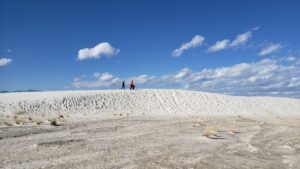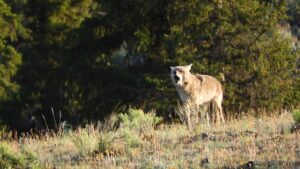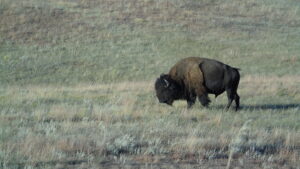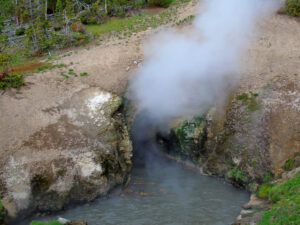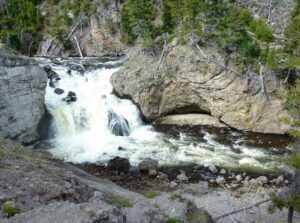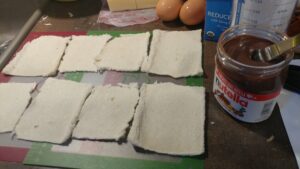
We returned to Yellowstone National Park in early September, over Labor Day Weekend. This has been our third trip to Yellowstone since the end of May, with a focus on watching the seasonal changes over the course of the same year. Our trips were planned to be about 6 weeks apart, and will be followed up with trips in late November and December.
On this trip, we felt that the wildlife had been negatively affected by the peak summer tourist season. Compared to late spring, we had about 20% of the amount of wildlife interactions. We ended up focusing much of our photography on landscapes, including taking shots that were the same as previous seasons for comparison.
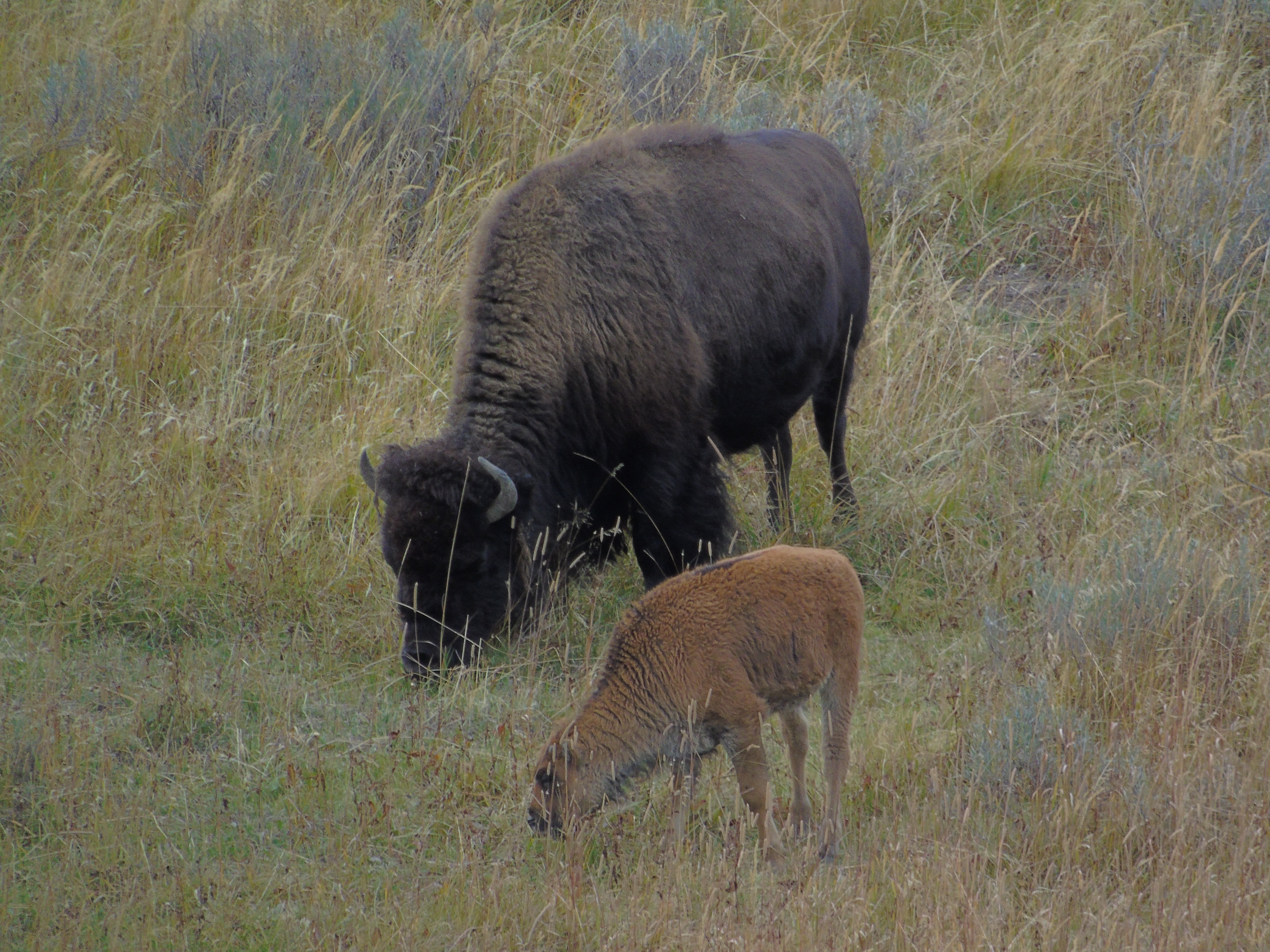
During one of our stops through Hayden Valley, we encountered a site that surprised us. There was a very young baby bison calf grazing with the herd. Here is was, September 6, and this little one was still early-summer brown and so small. Our Late Bloomer will have one serious struggle with the oncoming winter, which was predicted to make its entrance while we were there that weekend. Luckily for him (or her), the storm system passed to the south, so no snow fell that weekend.
Most bison calves at Yellowstone are born from late April to early June, depending on the severity of the previous winter. When we first arrived to Yellowstone at the end of May, it appeared that most of the calves for the season had been born, especially in Lamar Valley (northeast end of the park).Calves born late in the year (after mid-June) do have an increased risk of not surviving the oncoming winter. They have not built up enough fat layers, their thinner baby fur has not been replaced by the thicker adult coat, and they are less experienced at proper foraging techniques before snow covers the ground. In addition, wolves and bears are more likely to seek out the smaller, weaker bison during the late fall and winter for an easier food source. Calves, by November, should weigh between 350-450 lbs. Looking at this little one, it is safe to say it will be far from that healthy range six weeks from now.

We likely cannot know the outcome of this particular calf, and will probably not get to see it until next summer, if it survives, with the roads closing soon through Hayden Valley. We will hope for the best for this little one. Nature really can surprise us in amazing ways, just when we think we have seen it all and know how to predict it!
